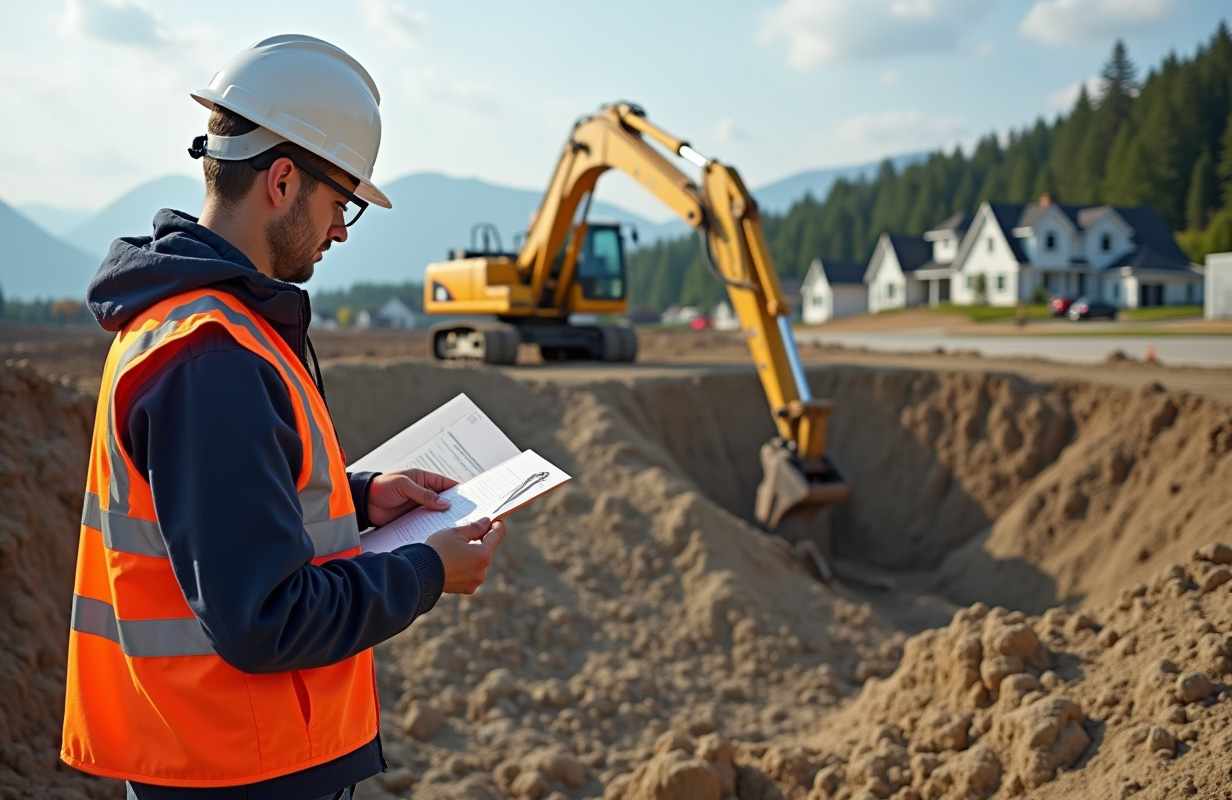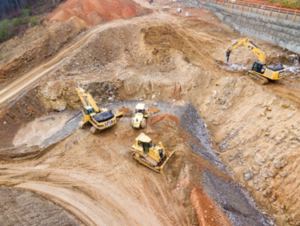A Detailed Overview of Geotechnical Design Techniques and Their Effect on Modern Civil Design Projects
Geotechnical engineering functions as the backbone of contemporary civil engineering, providing necessary methods that attend to the intricacies of subsurface conditions. The interaction of soil analysis, foundation layout, and innovative modern technologies forms the stability and sustainability of facilities projects. As we check out these techniques, it ends up being clear how critical they are in mitigating possible risks linked with construction. However, the implications of these methods prolong past mere safety and security; they additionally affect project effectiveness and ecological factors to consider, raising crucial concerns regarding future developments in the field. What continues to be to be revealed is the transformative possibility of these developments on city growth.
Significance of Geotechnical Design
Geotechnical engineering serves as a critical foundation for civil design projects, affecting the safety and security of frameworks. This self-control concentrates on the actions of dirt and rock materials, supplying crucial understandings that lead the design and building processes. By understanding the communication between the planet and engineered structures, geotechnical designers can analyze risks connected with ground problems, such as settlement, incline stability, and liquefaction.
The significance of geotechnical design prolongs beyond mere architectural stability; it plays an essential role in environmental management and sustainability. Properly implemented geotechnical evaluations make sure that projects reduce their ecological impact and abide by governing demands (geotechnical engineer description). Additionally, geotechnical design is critical in site choice, allowing engineers to identify appropriate places for construction that mitigate potential risks.
On top of that, geotechnical engineering promotes advancement in civil design by progressing methods for ground enhancement, structure layout, and excavation. The discipline's payments are essential in addressing obstacles positioned by differing dirt conditions, thus assisting in safe and reliable infrastructure development. In general, the relevance of geotechnical design is critical in ensuring that civil engineering projects are not just practical however also resilient against synthetic and natural adversities.
Trick Methods in Geotechnical Engineering

Another necessary method is dirt stablizing, which entails modifying soil residential properties to boost load-bearing capability or reduce settlement. Methods such as including concrete, lime, or utilizing geosynthetics are frequently used to accomplish soil improvement.
Ground renovation strategies, including vibrant compaction and vibro-replacement, are additionally vital. These methods intend to compress loose or soft soils, improving their stamina and decreasing liquefaction potential in seismic locations.
Keeping structures, such as sheet piles and dirt nailing, are utilized to support excavations and avoid soil movement. Incline stablizing techniques, including water drainage systems and keeping wall surfaces, are necessary for reducing landslide risks.

Dirt Evaluation and Evaluating Techniques
Effective dirt analysis and testing approaches are crucial for understanding the physical and chemical buildings of dirt, which straight influence engineering choices. A detailed analysis of dirt attributes is necessary for predicting behavior under numerous loading conditions and environmental influences.
Usual soil screening techniques include both area and laboratory strategies. Field examinations, such as the Requirement Infiltration Test (SPT) and Cone Infiltration Test (CPT), supply prompt insights right into soil thickness, strength, and stratification. These examinations aid engineers assess website conditions effectively prior to more substantial laboratory evaluations.
Research laboratory testing techniques, such as Atterberg restrictions, grain size circulation, and compaction examinations, are vital for establishing soil plasticity, wetness web content, and ideal compaction degrees. Advanced methods like triaxial examinations and consolidated undrained (CU) tests use beneficial information on shear toughness and effective anxiety criteria.
Chemical screening, consisting of pH, electric conductivity, and natural web content analysis, is also important for comprehending prospective soil contamination my explanation and its effect on building materials. Collectively, these soil analysis and screening methods form the foundation of informed decision-making in geotechnical design, making certain the safety and stability of modern civil engineering projects.
Foundation Style Approaches
These methods can be classified into deep and superficial foundations, each suited to details dirt problems and loading circumstances. Shallow structures, such as spread grounds and mat structures, are normally used when surface dirts have sufficient bearing capacity.
In comparison, deep foundations, consisting of piles and pierced shafts, are utilized when surface area dirts are weak or inadequate for sustaining the structure. These foundations transfer loads to much deeper, a lot more steady dirt or rock layers, making them site web important for high-rise structures and bridges in difficult geotechnical conditions.
Choosing the proper structure design includes comprehensive geotechnical examinations, including dirt composition, bearing ability, and groundwater problems. Furthermore, designers should take into consideration factors such as settlement, side lots, and possible seismic activity to ensure the structure's efficiency gradually.
Eventually, a well-executed structure layout is a pivotal facet of civil design, straight affecting the safety, sturdiness, and capability of structures. about geotechnical engineering. By straightening structure kinds with site-specific problems, engineers can properly mitigate risks connected with foundation failure
Developments Shaping Civil Engineering

Lasting materials, such as high-performance concrete and recycled accumulations, are additionally gaining traction, promoting environment-friendly techniques while maintaining architectural honesty. In addition, progressed geotechnical techniques, such as ground improvement and deep mixing approaches, are boosting the security of structures in tough dirt problems.
In addition, the use of drones and remote sensing technology is enhancing site monitoring and evaluating, providing real-time information that help in taking care of construction progress and safety. The implementation of innovative construction approaches, such as prefabricated and modular building and construction, better quickens task timelines and minimizes waste. Collectively, these advancements are not just transforming civil engineering techniques yet likewise guaranteeing that contemporary infrastructure meets the needs of an expanding global populace while addressing ecological concerns.
Verdict
To conclude, geotechnical engineering methods are integral to the success of modern-day civil design projects. The application of website investigation, dirt stabilization, and ground improvement techniques makes sure the safety and security of facilities. Developments such as Structure Info Modeling (BIM) and advanced tracking technologies better boost project efficiency and precision. By employing these strategies, designers can reduce threats and add to the development of resistant city environments, inevitably fostering lasting growth and safety in civil design practices.
Geotechnical design offers as the backbone of contemporary civil design, providing necessary strategies that address the complexities of subsurface conditions.Geotechnical design offers as a crucial foundation for civil design tasks, influencing the safety and security of frameworks.In enhancement, geotechnical design cultivates development in civil engineering by progressing techniques for ground look at this web-site improvement, foundation style, and excavation. Generally, the significance of geotechnical engineering is critical in making sure that civil design tasks are not just possible however additionally resistant versus synthetic and natural adversities.
In final thought, geotechnical design strategies are important to the success of modern-day civil design jobs.